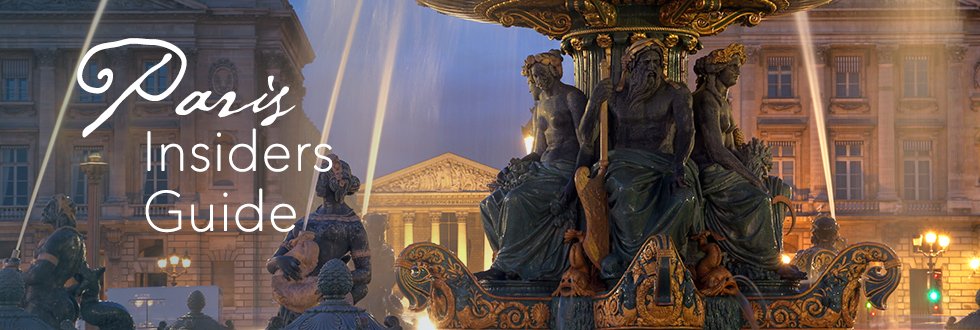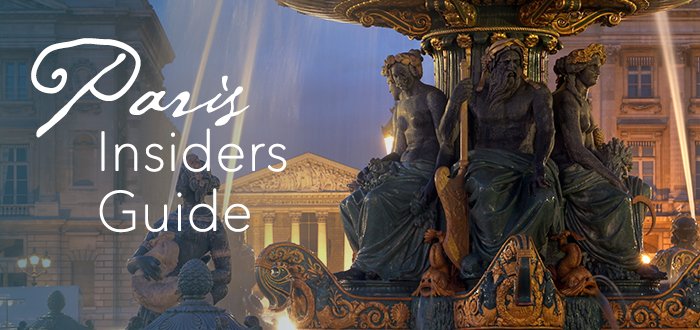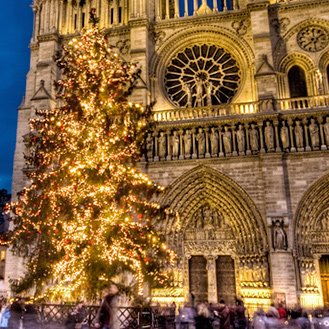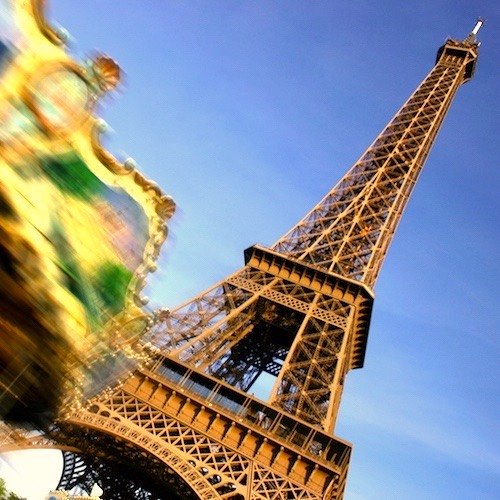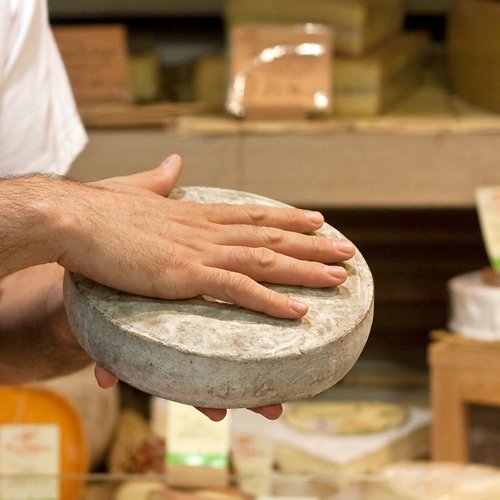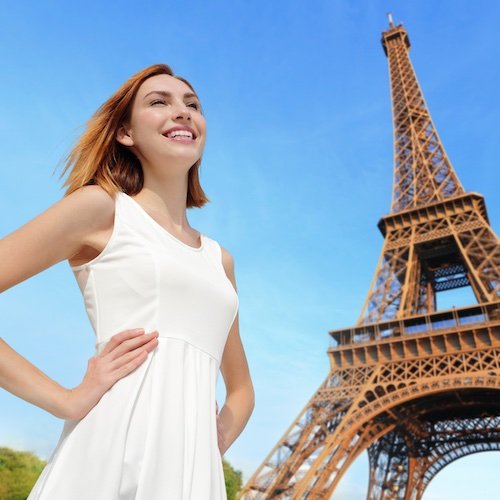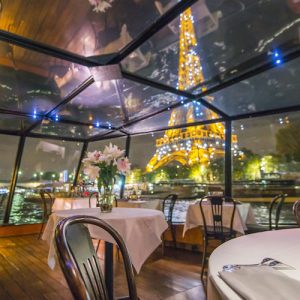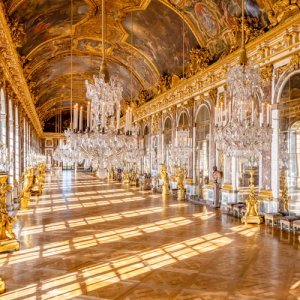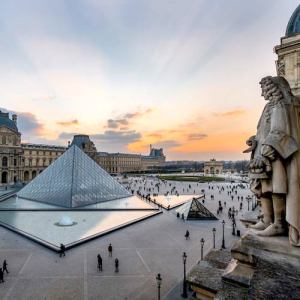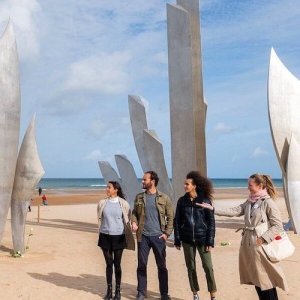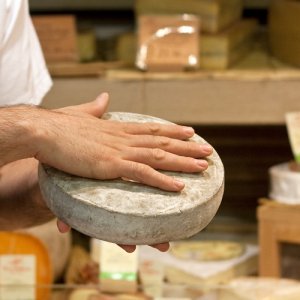Carnaval de Paris – A Festive Tradition in the City of Light
As winter begins to yield to the first signs of spring, Paris wakes up, stretches, and comes alive with the vibrant energy of the Carnaval de Paris. This centuries-old tradition, steeped in history and joy, transforms the streets into a kaleidoscope of colors, music, and merriment. Embrace the festive atmosphere and immerse yourself in a celebration that highlights the city's love for creativity and community.
Each year's Carnaval is a distinct and unforgettable experience, with a whimsical theme encouraging participants to don their most imaginative costumes. From its medieval roots to its modern revival, the Carnaval de Paris showcases this city's enduring spirit of festivity and inclusivity.
![]()
Discover What's On When You're Here...
• January... |
• February... |
• March... |
• April... |
• May... |
• June... |
• July... |
• August... |
• September... |
• October... |
• November... |
• December... |
Discover What's On When You're Here
• January...
|
• February... |
• March... |
|---|---|---|
• April... |
• May... |
• June... |
• July... |
• August... |
• September... |
• October... |
• November... |
• December... |
The Joyful Spirit of Carnaval de Paris
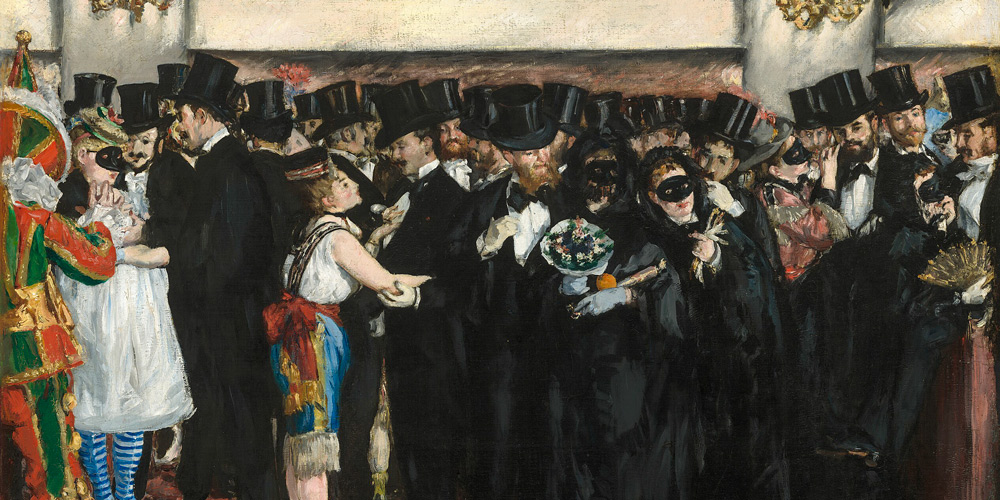 Edouard Manet's Bal Masque a l'Opera, image Wikimedia
Edouard Manet's Bal Masque a l'Opera, image Wikimedia
Carnaval de Paris origins reach back to the Middle Ages, when it was a cheerful respite from the solemnity of Lent, celebrating food, merriment, and display. Over time, it evolved into a grand festival featuring parades, music, and costumes. Today it's a one-day event featuring a grand parade.
In fact, famous artists have depicted the spirt of Carnival. Edouard Manet painted Bal Masque a l'Opera, an event held during the Paris Carnival, while Claude Monet created Carnaval Boulevard des Capucines (now at the Pushkin Museum in Moscow) which depicts the Grand Parade along that boulevard in 1873.
After a decline in popularity and decades of neglect — with no Carnival held between 1952 and 1996 — the festival was revived in 1997, reclaiming its place as one of Paris's longest-running cultural events.
One of its most interesting traditions is the Promenade du Boeuf Gras (yeah, that's right — Parade of the Fat Cow), a procession dating back to the 13th century that celebrates abundance and renewal (clearly dating back even earlier to Spring festivals). Today, this tradition remains a cornerstone of the Carnaval, with a beautifully decorated Pimprenelle, the Limousin cow, leading the parade as its beloved mascot.
Carnaval de Paris Events & Street Activities
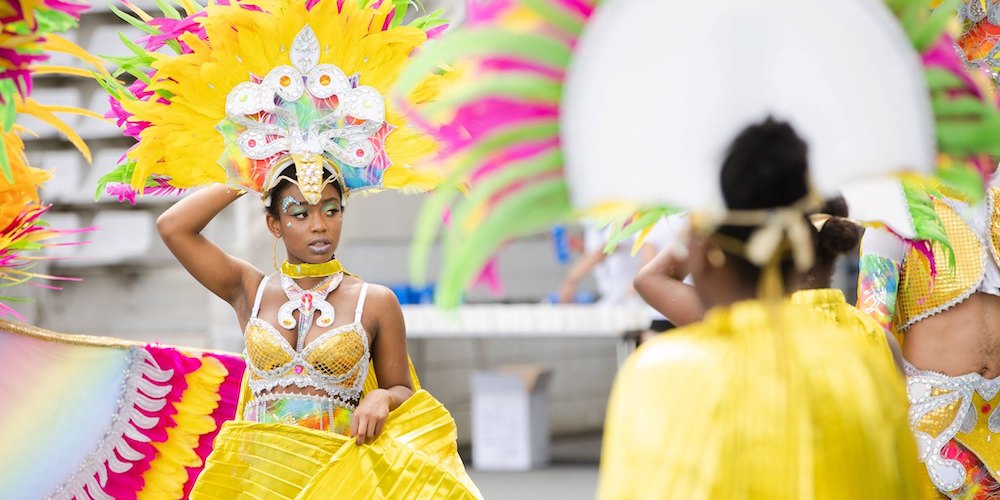 Participants wear colorful yellow costumes in a Carnaval parade, photo Ville de Paris
Participants wear colorful yellow costumes in a Carnaval parade, photo Ville de Paris
The Grand Parade – A Moving Spectacle
The highlight of the Carnaval is undoubtedly the Grand Parade. Starting at Place Gambetta, the procession features colorful floats, costumed performers, and musicians filling the streets with rhythmic beats and energy. The Carnaval de Paris parade route to Place de la République gives you the ideal location to see the dazzling creativity on display.
Key viewing stops along the parade route are Rue de Belleville (19th/20th Arrondissement) and Boulevard de la Villette (19th Arrondissement). It's a good idea to arrive early to secure your place and soak in the festive atmosphere.
Promenade du Boeuf Gras
This historic tradition is a nod to the Carnaval's medieval roots. Pimprenelle, the Limousin cow adorned with flowers and ribbons, takes center stage, symbolizing the abundance of spring. Accompanied by musicians, dancers, and performers, this parade is one of the enduring legacies of the festivities.
Street Performances & Activities
Beyond the parade, the Carnaval de Paris features a variety of street performances and street activities. From jugglers and acrobats to live music and dance, there's bound to be something that enchants and captures your fancy. Local artists and community groups also contribute to the festive ambiance, adding another layer of artistic flair to the celebration.
![]()
Find Hotel Deals for Your Dates in Paris
Check the complete list of Paris hotels to find current sale prices on rooms in every arrondissement. Save 10%, 20%… or even more! |
Paris Hotel Deals |
Find Hotel Deals for Your Dates in Paris
Save on hotels in every arrondissement of Paris – the Latin Quarter, Saint Germain, the Right Bank, the Marais, near the Eiffel Tower. Save 10%, 20%… or even more! |
Carnaval de Paris Parade Route Details
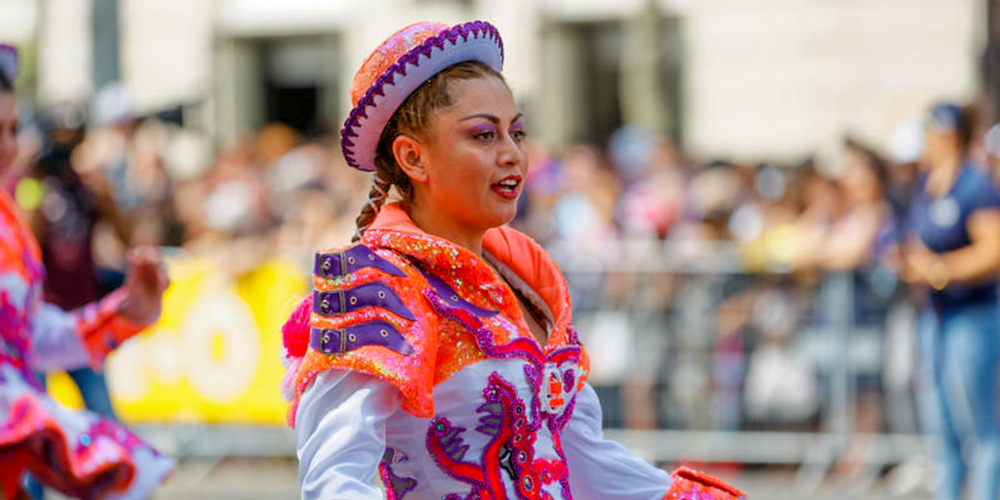 Carnaval de Paris participant in custom-made costume in orange and white, photo Ville de Paris
Carnaval de Paris participant in custom-made costume in orange and white, photo Ville de Paris
Place Gambetta to Place de la République
The Grand Parade begins at Place Gambetta in the 20th arrondissement and winds its way to Place de la République, covering a route through some of Paris's most spirited neighborhoods. The journey is marked by floats, merry participants, and enthusiastic onlookers.
Best Spots to Watch
For an unobstructed view, head to Rue de Belleville or Boulevard de la Villette in the 19th and 20th Arrondissements. These stretches offer wide sidewalks large enough to accommodate a festive crowd — ideal for seeing the spectacle. Be sure to arrive early to claim your spot!
Timing & Duration
The parade kicks off at 2 PM and lasts up to three hours. You don't want to miss another fabulous, so be sure to stay for the entire procession to take in all the artistry and energy that define the Carnaval de Paris.
![]()
Romantic Dinner Cruises In Paris
|
VIP Dinner Cruise with Bateaux Parisiens |
Dinner Cruise by Maxim's of Paris |
|
VIP Dinner Cruise with Bateaux Parisiens |
Insiders's Guide to Participating
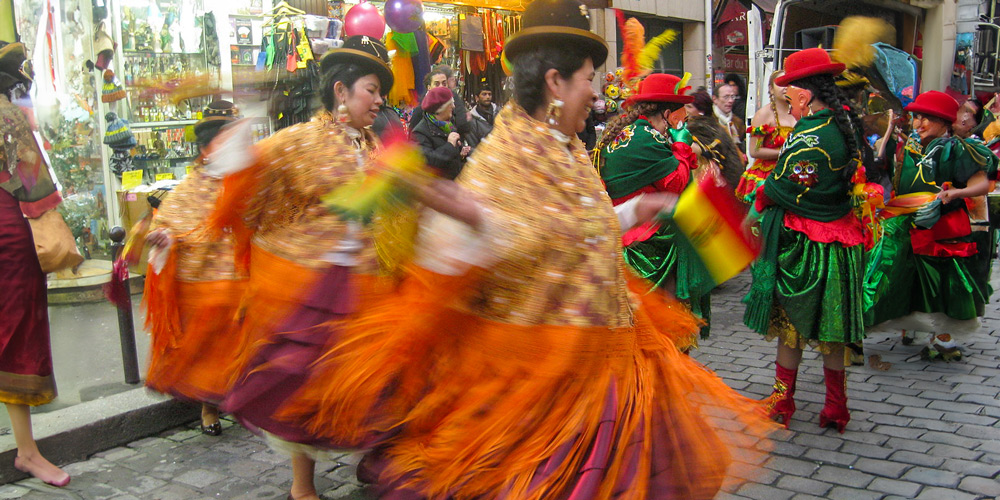 Carnaval de Paris paraders in orange skirts, photo Wikimedia by Isabelle Malandrin
Carnaval de Paris paraders in orange skirts, photo Wikimedia by Isabelle Malandrin
Paris Carnival Costume Ideas
There will be costumes galore and you don't want to feel like the odd one out. So, dress up! It's one of the most exciting aspects of the Carnaval de Paris. Each year's whimsical theme encourages you to get creative with a costume. 17th-century court attire? Something groovy & avant-garde? A big hat perched on big hair? The Carnaval is the perfect opportunity to show your wild and crazy joie de vivre.
Hint: if you want to rent or purchase costumes, there are a number of costume shops in Paris such as Au Clown de Paris that make it easier and even greater fun to dress the part. And don't forget to accessorize with masks, hats, and props to complete the look. Does it look sort of "out there"? Perfect!
Tips for Joining the Festivities
Arrive Early — We know we've already mentioned this, but it's such an important point that we're saying it again! Secure a good spot along the parade route or join the procession by arriving well before the start time.
Stay Hydrated — This is just common sense. Bring a refillable water bottle to stay refreshed throughout the day. There are water filling stations all over Paris.
Respect the Spirit — The Carnaval is a family-friendly event. Get with the joy and camaraderie that define the celebration and keep it friendly. It's a lively event, so be sure to respect the local neighborhoods, dispose of trash responsibly, and have fun — but play it cool.
A Parisian Celebration Like No Other
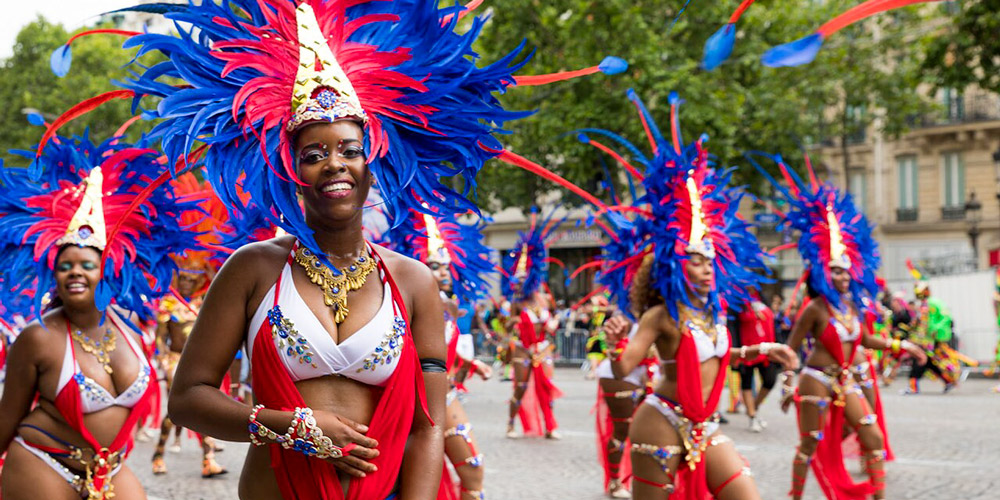 Carnaval de Paris parade dancers wearing red, white & blue, photo Wikimedia by Julien Ricard
Carnaval de Paris parade dancers wearing red, white & blue, photo Wikimedia by Julien Ricard
The Carnaval de Paris isn't just another festival; it's a longlasting tradition, a celebration of Parisian culture, creativity, and community spirit. From the crazy, colorful parade to the historic traditions still represents in the event, every element of the Carnaval reflects the city's spirit and history.
As the parade winds through the streets, you' may find yourself swept up in the festive energy that defines this landmark event. Join the celebration, don your most creative costume, and experience the magic of the Carnaval de Paris.
![]()
Two Of The Most Popular Paris Experiences
|
VIP Dinner Cruise with Bateaux Parisiens |
Versailles with Priority Access + Gardens |
The Most Popular Paris Experience
|
VIP Dinner Cruise with Bateaux Parisiens |
Carnaval de Paris Resources
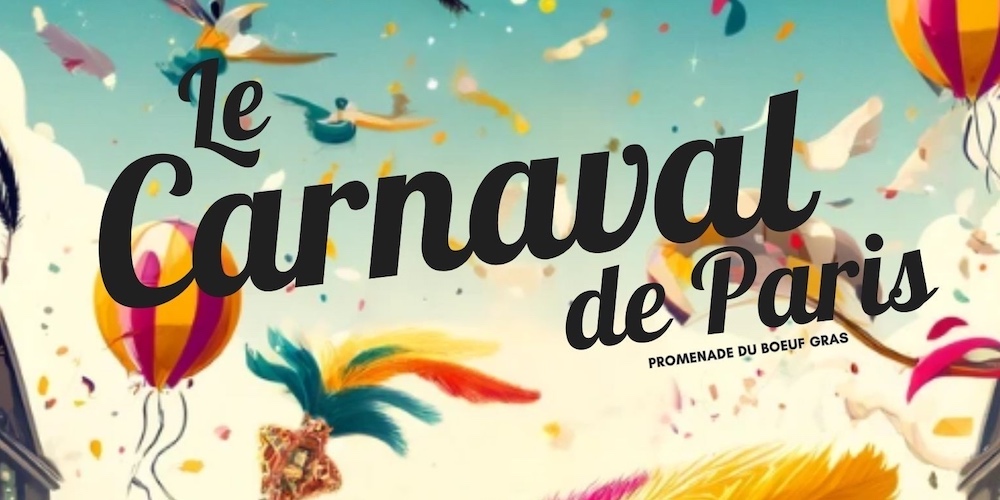 Poster celebrating Carnaval de Paris of 2025, detail
Poster celebrating Carnaval de Paris of 2025, detail
Carnaval de Paris would typically take place in early March with festivities culminating on Mardi Gras, forty-seven days before Easter. (So the actual dates change year to year based on when Easter falls.) In Paris today, the Grand Parade starts at 2 PM from Place Gambetta and winds its way to Place de la République. It's a day filled with vibrant costumes, lively music, and an indisputable sense of joy.
- Place Gambetta, 20th Arrondissement, Metro Gambetta
- Place de la République, 11th Arrondissement, Metro Gambetta République
- Website & Information…
Paris Planning Guides
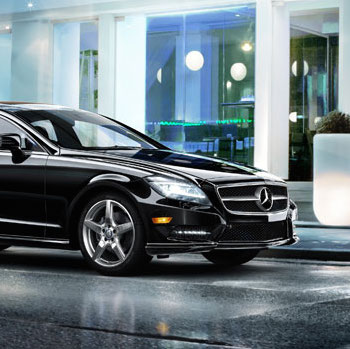 Book an Airport Transfer
Book an Airport Transfer |
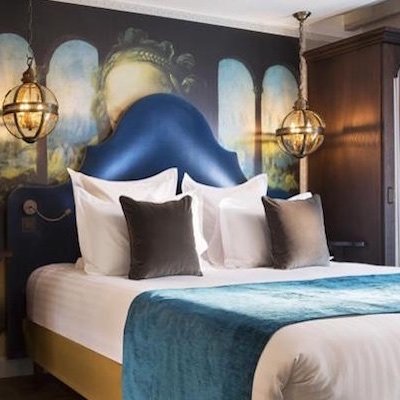 Left Bank Hotels
Left Bank Hotels |
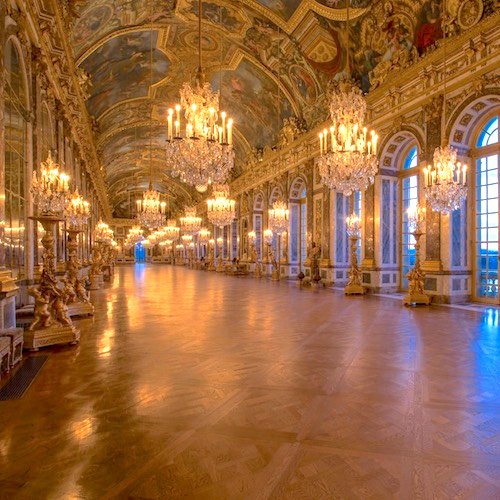 Visiting Versailles
Visiting Versailles |
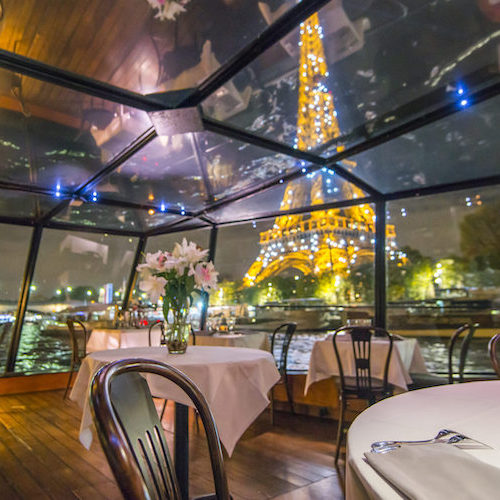 Glorious Dinner Cruises
Glorious Dinner Cruises |
